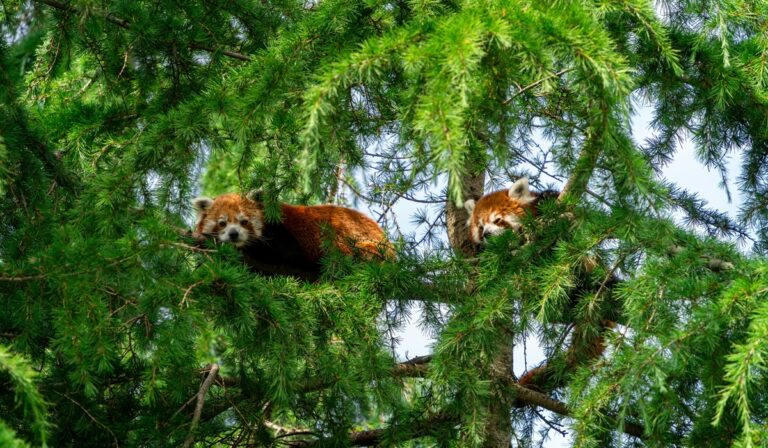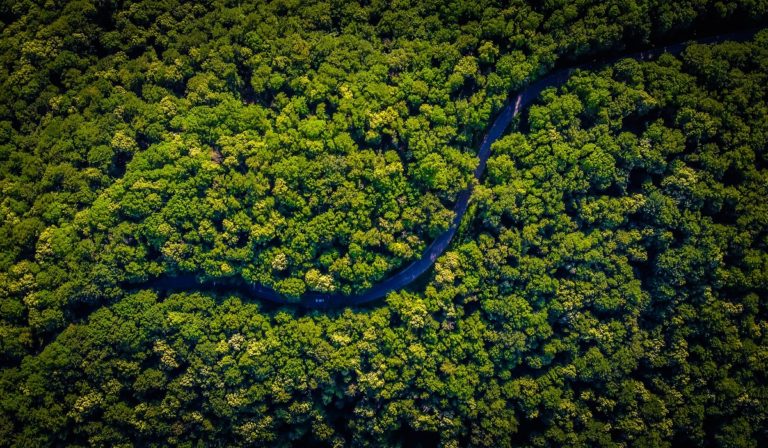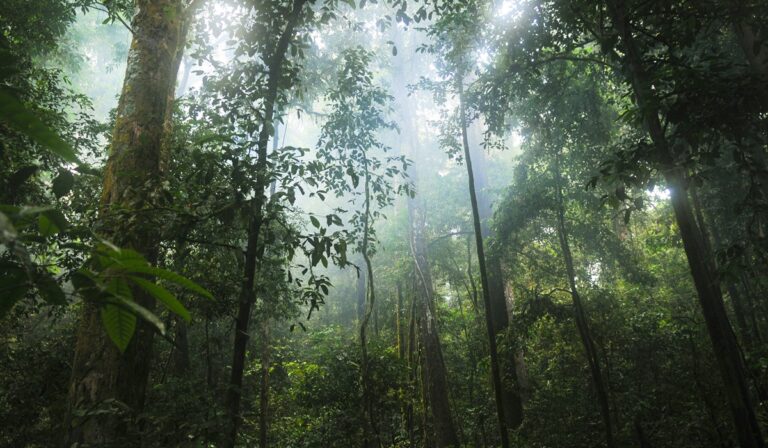Nepal opens first community-based red panda conservation area
Nepal’s first community-based red panda conservation area has been established in the Puwamajhuwa area of Ilam Municipality, covering 287 acres of temperate broad-leaved forests. The conservation area aims to protect the endangered red panda species, promote ecotourism, and contribute to local community livelihoods. This initiative demonstrates the increased authority of local governments in Nepal following the 2015 Constitution, allowing for community-driven conservation efforts.
Nepal opens first community-based red panda conservation area Read more










